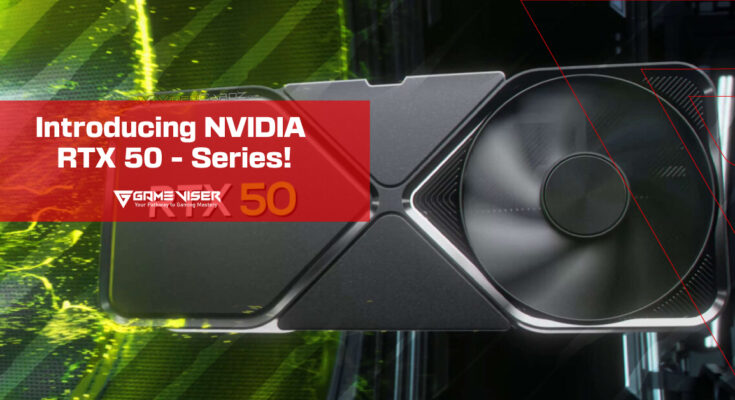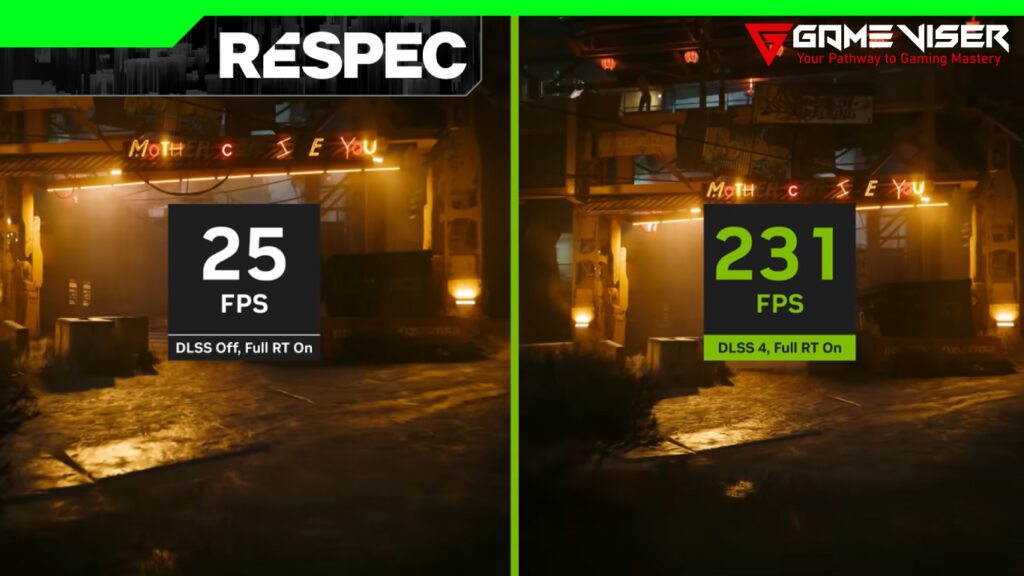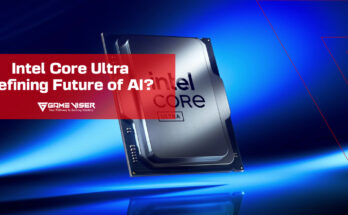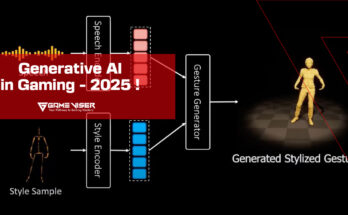Discover the NVIDIA RTX 50 Series Graphics Cards—powered by Blackwell architecture, DLSS 4, and AI innovations. Explore specs, performance, pricing, and why they’re a game-changer for gamers and creators in 2025.
Table of Contents
Introduction to NVIDIA RTX 50 Series Graphics Cards
The NVIDIA GeForce RTX 50 Series, unveiled at CES 2025, represents a monumental leap in graphics technology, blending cutting-edge AI capabilities with unparalleled performance. Built on the NVIDIA Blackwell architecture, these GPUs are designed for gamers, content creators, and professionals seeking next-level graphics fidelity and efficiency. With features like DLSS 4, enhanced ray tracing, and AI-driven neural rendering, the RTX 50 Series is poised to dominate the market. This comprehensive guide dives into the specifications, performance, pricing, and unique features of the RTX 50 Series, offering insights into why these GPUs are a must-have in 2025. Whether you’re a gamer chasing 4K 240Hz performance or a creator pushing the boundaries of AI-enhanced workflows, this blog covers everything you need to know to make an informed decision.
What Makes the RTX 50 Series Stand Out?
The RTX 50 Series is a powerhouse, combining the latest Blackwell architecture with AI-driven technologies to redefine gaming and creative workflows. Here’s what sets these GPUs apart:
1. NVIDIA Blackwell Architecture
The Blackwell architecture is the backbone of the RTX 50 Series, boasting up to 92 billion transistors—making it the most powerful consumer GPU architecture to date. It features:
- Fifth-Generation Tensor Cores: Optimized for AI-driven tasks, these cores enable faster processing of generative AI models and neural rendering.
- Fourth-Generation RT Cores: Deliver enhanced real-time ray tracing for lifelike lighting, reflections, and shadows.
- New Streaming Multiprocessors (SMs): Provide up to 2x performance compared to the previous generation, with improved Shader Execution Reordering for neural shaders.
2. DLSS 4 with Multi Frame Generation
NVIDIA’s Deep Learning Super Sampling (DLSS) 4 is a game-changer, leveraging a vision transformer-based model to generate multiple frames from a single rendered frame.
- Up to 8x performance boosts at 4K resolutions.
- Reduced latency by up to 75% with NVIDIA Reflex 2.
- Enhanced image quality with minimal ghosting and improved stability in motion.
3. AI-Powered Features
The RTX 50 Series integrates AI across gaming, creative, and professional applications:
- NVIDIA ACE: Brings lifelike digital humans to games, enabling autonomous NPCs that learn and adapt to player behavior.
- NVIDIA NIM Microservices: Prepackaged AI models optimized for local PC execution, reducing memory footprints and boosting performance.
- Project G-Assist: An experimental AI assistant accessible via the NVIDIA app overlay, optimizing system performance with simple commands.
4. FP4 Precision Support
The RTX 50 Series is the first consumer GPU lineup to support FP4 precision, a lower quantization method that reduces model sizes by over 50% compared to FP16. This allows generative AI models to run locally with virtually no quality loss, doubling performance for tasks like image generation and video editing.
5. Enhanced Cooling and Power Efficiency
Partners like ASUS, GIGABYTE, and MSI have introduced advanced cooling solutions, including quad-fan designs, vapor chambers, and liquid cooling options. Voltage-optimized GDDR7 memory boosts battery life by up to 40% in laptops, making the RTX 50 Series ideal for mobile gaming and creative workflows.
RTX 50 Series Lineup: Specifications and Features
The RTX 50 Series includes desktop and laptop GPUs, each tailored to specific use cases. Below is a detailed breakdown of the key models:
| Model | CUDA Cores | AI TOPS | VRAM | Memory Type | TDP | MSRP | Release Date |
|---|---|---|---|---|---|---|---|
| RTX 5090 | 21,760 | 1,824 | 32GB | GDDR7 | 400W | $1,999 | Jan 30, 2025 |
| RTX 5080 | 10,752 | 1,334 | 16GB | GDDR7 | 320W | $999 | Jan 30, 2025 |
| RTX 5070 Ti | 8,960 | 1,030 | 16GB | GDDR7 | 260W | $799 | Feb 2025 |
| RTX 5070 | 7,168 | 732 | 12GB | GDDR7 | 200W | $549 | Mar 5, 2025 |
| RTX 5060 Ti (16GB) | 5,632 | 512 | 16GB | GDDR7 | 160W | TBD | Apr 2025 |
| RTX 5060 (8GB) | 5,632 | 512 | 8GB | GDDR7 | 140W | TBD | May 2025 |
| RTX 5090 Laptop | 10,496 | 1,824 | 24GB | GDDR7 | 175W | TBD | Mar 2025 |
| RTX 5080 Laptop | 7,680 | 1,334 | 16GB | GDDR7 | 150W | TBD | Mar 2025 |
Key Features Across the Lineup
- NVIDIA NVENC Encoders: Up to three encoders with 4:2:2 color format support, ideal for video editing and livestreaming.
- RTX Neural Shaders: Enhance graphical fidelity with AI-driven rendering techniques.
- RTX Remix: A modding platform that uses AI to enhance game assets, supporting DLSS 4 and Neural Radiance Cache for realistic lighting in remastered games.
- NVIDIA Studio Platform: Over 130 GPU-accelerated apps, with monthly driver updates for stability and performance.
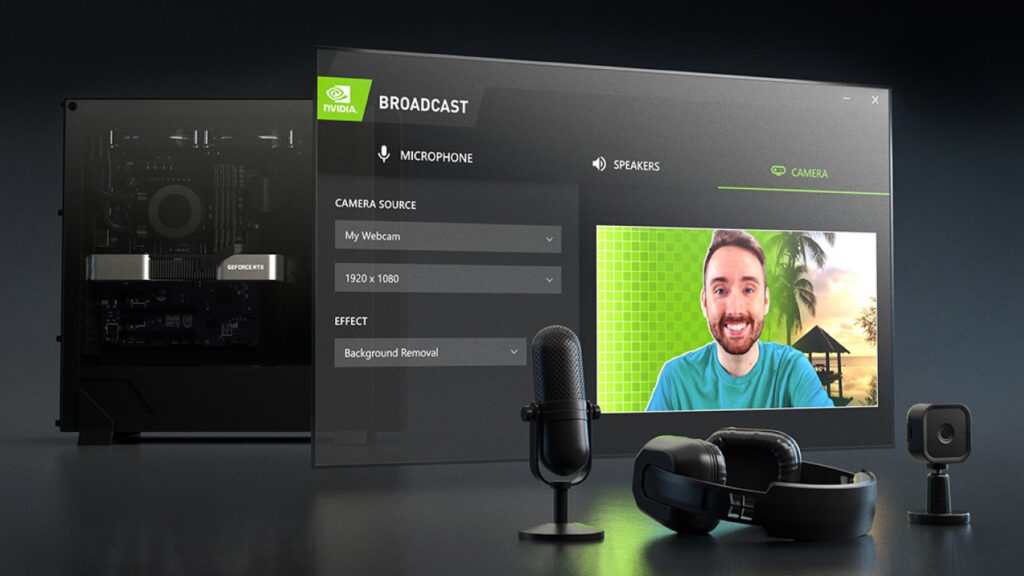
Performance Benchmarks: RTX 50 Series vs. RTX 40 Series
The RTX 50 Series delivers significant performance uplifts, particularly with DLSS 4 and ray tracing. Below are benchmark comparisons based on NVIDIA’s official data and third-party reviews:
| Game/Application | Resolution | RTX 5090 (DLSS 4) | RTX 4090 (DLSS 3) | Performance Uplift |
|---|---|---|---|---|
| Cyberpunk 2077 (Path Tracing) | 4K | 239 FPS | 112 FPS | 113% |
| Alan Wake 2 | 4K | 180 FPS | 85 FPS | 112% |
| Photoshop (PugetBench) | N/A | 48% faster | Baseline | 48% |
| After Effects (3D Renderer) | N/A | 35% faster | Baseline | 35% |
Source: NVIDIA, Puget Systems, Digital Trends
Key Observations
- Gaming Performance: The RTX 5090 achieves up to 8x frame rates with DLSS 4 Multi Frame Generation, making 4K 240Hz gaming a reality. However, native performance (without DLSS) shows only a 15-33% uplift over the RTX 40 Series, raising concerns about raw rasterization gains.
- Creative Workflows: In applications like Adobe Photoshop and After Effects, the RTX 50 Series offers 9-48% performance improvements, with the RTX 5090 excelling in 3D motion design tasks.
- Ray Tracing: Fourth-generation RT cores provide significant gains in ray-traced games, with titles like Cyberpunk 2077 showcasing near-photorealistic visuals.
Pricing and Value: Is the RTX 50 Series Worth It?
The RTX 50 Series has sparked debates about price-to-performance ratios. Here’s a breakdown of pricing and value:
- RTX 5090 ($1,999): A $400 increase over the RTX 4090’s $1,599 MSRP. While it offers unmatched performance, the price hike and modest rasterization gains have drawn criticism. Best for enthusiasts and professionals tackling demanding AI and 3D workloads.
- RTX 5080 ($999): Offers RTX 4080-level performance with DLSS 4, but limited stock and prices above MSRP have frustrated buyers.
- RTX 5070 Ti ($799): Praised for its value, delivering RTX 4080-like performance at a lower price. Ideal for 4K gaming and creative tasks.
- RTX 5070 ($549): A budget-friendly option with 12GB GDDR7, outperforming the RTX 4070 Super in ray tracing but lagging in raw rasterization.
Value for Upgraders
- From RTX 40 Series: Upgrading from an RTX 4090 or 4080 offers marginal benefits (9-24% in creative apps), making it less compelling unless you need DLSS 4 or AI features.
- From Older GPUs (e.g., GTX 1060): Users with 8-year-old GPUs will see massive performance boosts, making the RTX 5070 or 5060 Ti excellent choices for budget-conscious gamers.
Challenges and Controversies
The RTX 50 Series launch hasn’t been without issues:
- Stock Shortages: Scalpers and limited availability have driven prices above MSRP, with some retailers charging $900+ for the RTX 5070 Ti.
- Driver Issues: Early driver versions (572.XX, 576.XX) caused black screen issues for RTX 50 and 40 Series users, though NVIDIA’s 572.60 driver and subsequent hotfixes have resolved most problems.
- Manufacturing Defects: Less than 0.5% of RTX 5090, 5080, and 5070 Ti cards had missing render output units (ROPs), resulting in a ~5% performance loss. NVIDIA has rectified this issue.
- Power Cable Concerns: Reports of 12VHPWR cables shorting or melting have raised concerns, though these are isolated incidents.
Despite these challenges, NVIDIA’s quick response with driver updates and firmware fixes demonstrates commitment to customer satisfaction.
Who Should Buy the RTX 50 Series?
Gamers
- 4K Enthusiasts: The RTX 5090 and 5080 are ideal for 4K gaming with ray tracing, delivering smooth performance in titles like Cyberpunk 2077 and The Witcher IV.
- Budget Gamers: The RTX 5070 and 5060 Ti offer excellent 1440p and 1080p performance, with DLSS 4 ensuring future-proofing for upcoming titles.
Content Creators
- Video Editors and Streamers: Multiple NVENC encoders and FP4 support make the RTX 50 Series a powerhouse for video workflows and livestreaming.
- 3D Artists: Up to 32GB VRAM and RTX Neural Shaders accelerate 3D rendering in tools like Blender and D5 Render.
AI Developers
- Local AI Workloads: NIM microservices and FP4 precision enable developers to run complex AI models locally, ideal for building AI agents and chatbots.
Cooling Innovations by AIB Partners
Add-in-board (AIB) partners like ASUS, GIGABYTE, and MSI have introduced cutting-edge cooling solutions to maximize RTX 50 Series performance:
- ASUS ROG Astral RTX 5090: Features a quad-fan design, vapor chamber, and phase-change thermal pads for 10% better heat dissipation.
- GIGABYTE AORUS RTX 5090 MASTER: Integrates superconducting heat pipes and a Hawk Fan design, increasing air pressure by 53.6% and volume by 12.5%.
- MSI RTX 50 Series: Offers SFF-ready models like the RTX 5080 AERO OC SFF 16G, balancing compact design with high performance.
These innovations ensure GPUs remain cool under heavy loads, extending longevity and enabling higher clock speeds.
Future-Proofing with RTX 50 Series
The RTX 50 Series is designed to stay relevant for years, thanks to:
- DLSS 4 Compatibility: While Multi Frame Generation is exclusive to RTX 50 Series, other DLSS 4 features are backward-compatible with RTX 40 Series, ensuring broad game support.
- Upcoming Titles: Games like The Witcher IV and inZOI leverage NVIDIA ACE and DLSS 4 for immersive AI-driven experiences.
- NVIDIA Studio Updates: Monthly driver updates and optimizations for over 130 creative apps ensure long-term reliability for creators.
Comparison with AMD’s RX 9000 Series
AMD’s RX 9060 and 9070 GPUs are set to compete with the RTX 5060 Ti and 5070. Early benchmarks suggest:
- Performance: AMD’s RX 9070 may outperform the RTX 5070 in select titles at 1080p, but NVIDIA’s DLSS 4 and ray tracing give the RTX 50 Series an edge at 4K.
- Price: AMD’s GPUs are rumored to be more affordable, potentially stealing the mid-range crown.
- Features: AMD lacks equivalents to NVIDIA’s ACE and NIM microservices, limiting its AI capabilities.

| Feature | NVIDIA RTX 50 Series | AMD RX 9000 Series |
|---|---|---|
| Ray Tracing | 4th-Gen RT Cores | RDNA 4 Ray Tracing |
| Upscaling Technology | DLSS 4 (Multi Frame Gen) | FSR 3.1 |
| AI Features | NVIDIA ACE, NIM | Limited AI Support |
| VRAM (Mid-Range) | 12-16GB GDDR7 | 8-16GB GDDR6 |
Conclusion
The NVIDIA RTX 50 Series Graphics Cards represent a significant leap forward in GPU technology, blending the power of the Blackwell architecture with AI-driven innovations like DLSS 4, NVIDIA ACE, and NIM microservices. For gamers, the RTX 5090 and 5080 deliver unmatched 4K performance, while the RTX 5070 and 5060 Ti offer excellent value for 1440p and 1080p gaming. Content creators benefit from enhanced video encoding and 3D rendering capabilities, and AI developers gain access to efficient local AI processing. Despite launch challenges like stock shortages and driver issues, NVIDIA’s quick fixes and robust feature set make the RTX 50 Series a compelling choice for enthusiasts and professionals. Whether upgrading from an older GPU or building a new PC, the RTX 50 Series offers future-proof performance for gaming, creative workflows, and AI development.
FAQs
1. What is the main difference between the RTX 50 Series and RTX 40 Series?
The RTX 50 Series uses the Blackwell architecture, offering fifth-generation Tensor Cores, fourth-generation RT Cores, and DLSS 4 with Multi Frame Generation, delivering up to 8x performance and enhanced AI capabilities compared to the RTX 40 Series.
2. Is DLSS 4 exclusive to the RTX 50 Series?
Multi Frame Generation in DLSS 4 is exclusive to the RTX 50 Series, but other DLSS 4 features are available on RTX 40 Series GPUs, ensuring broad compatibility.
3. Are the RTX 50 Series GPUs worth upgrading from an RTX 4090?
For RTX 4090 owners, the performance uplift (9-24% in creative apps, 15-33% in gaming without DLSS) may not justify the cost unless you need specific AI features or DLSS 4. However, users with older GPUs like the GTX 1060 will see significant improvements.
4. What are the cooling solutions for RTX 50 Series GPUs?
AIB partners like ASUS and GIGABYTE offer advanced cooling, including quad-fan designs, vapor chambers, and liquid cooling options, ensuring optimal performance under heavy loads.
5. Have the RTX 50 Series launch issues been resolved?
NVIDIA has addressed most launch issues, including driver-related black screen problems (fixed with driver 572.60) and a minor manufacturing defect affecting less than 0.5% of cards. Stock shortages remain a challenge.

